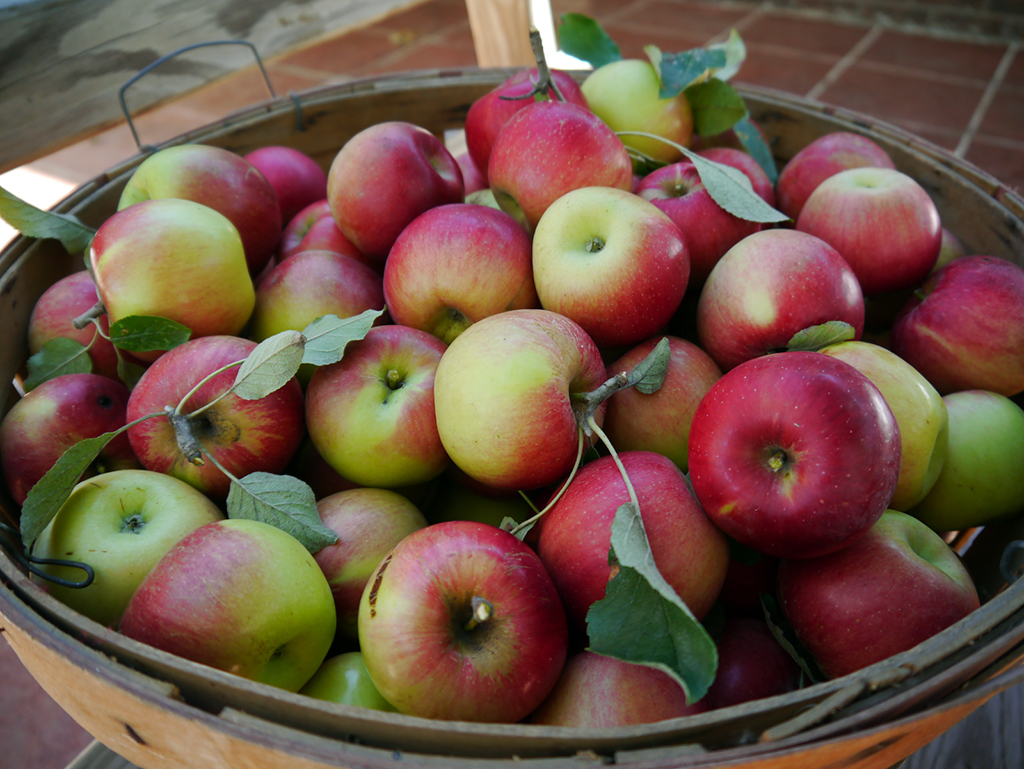By Doyle Irvin, American Forests
The movement to convert pre-existing houses into more sustainable versions of themselves is gaining steam. Most of the focus is on what kind of windows, doors or solar panels to choose, or what kind of laundry apparatus you should install, and not enough people realize that you can have a large impact on your house’s sustainability with trees and plants! That being said, there is still a huge amount of information out there, so American Forests is here to give you the quick take.
Shading is more complex than it seems
Where you want to produce shade for your house is reliant on where you happen to live. The U.S. Department of Energy helpfully split the United States into five distinct areas: marine, hot-dry, hot-humid, mixed-humid and cold.
For the cold, hot-humid and mixed-humid regions, you will want to plant deciduous trees that block the summer heat yet allow light through during the winter, after the leaves have fallen. Trees can also be used as wind breaks or funnels — you will want to plant a wind break north of your house, to block south-headed winter winds, and you’ll want to plant a funnel south of your house, to channel cool breezes during the summer. If over-heating during the summer is over-working your air conditioning unit, you will want to shade the roof, all windows, the walls that face east and west and anything darkly-colored that attracts and absorbs sunlight.
People who live in hot areas will want to provide shade for their air conditioning units, especially. The roof and the windows are of equal importance. If you don’t have enough time to wait for an entire tree to grow (who does?), you can use vines grown along a lattice to cover important areas. The more you plant, the cooler your area will be: the evapotranspiration of plants and trees reduces temperatures considerably.
For more information about strategic shading and windbreaks, reference this amazing guide by Landscape For Life. You can also use this free i-Tree Design tool to calculate energy savings on real or hypothetical trees and buildings.
Make sure to avoid invasive species
Whether it’s the Kudzu in the south or the Eucalyptus in the West, invasive species are wreaking havoc across the United States. Seeds travel! Carefully selecting which species to plant on your property is an important contribution to preserving your local area’s sustainability for future generations. Native species are also adapted to the climate of your region, so they will cut down watering costs.
To find out what species are native to your region, consult eNature.
Purify the air in your neighborhood
It’s widely reported that indoor house plants can help you keep your air clean and toxin-free. Ferns, palms, lilies and orchids are some of the best air scrubbers around, removing such toxins as formaldehyde, xylene, carbon monoxide, benzene and ammonia, among many other pollutants. These plants also release lots of oxygen for a double-bonus! For more information about indoor plants, you can access a helpfully organized report on the NASA Guide to Air-Filtering Houseplants.
What’s less recognized is the work that trees do to clean the air in our neighborhoods. American Forests is working hard to spread the word. Here are the important things to know:
- Trees filter particulate matter from the atmosphere, keeping it out of our lungs.
- Air pollution causes more deaths per year than AIDS and Malaria combined.
- Forty-two percent of Americans live in areas with dangerous pollution levels.
- The evapotranspiration and shading of trees cools surrounding neighborhoods, reducing air conditioner use.
- Over the course of its lifetime, one average tree provides $62,000 of pollution control.
- Trees have been shown to increase property value and reduce crime.
Some of the trees that are best at purifying the air around you are the oak, horse chestnut, yellow poplar, red mulberry, silver maple, London plane, dogwood and pine trees. A tree’s effectiveness varies depending on your region, so make sure to research which species are native to your region.
Hungry? Grow your own food!
One of the easiest ways to live more sustainably is to eat locally grown food; you cut out all the energy costs involved in transporting the food to your doorstep. There’s nothing more local than your own home! Fruits, nuts, berries and vegetables can all come from your backyard. The scope of your project here can vary from one simple apple tree to an entire ecosystem. Carefully planned horticulture can sometimes be left entirely on its own as a self-managing system.
The best place to start is your local nursery, but we have collected some guides here for you to peruse:
- For information about how to properly plan, plant and maintain fruit trees, read this EarthEasy article on fruit trees.
- To consult a list of consistently-tasty fruits, browse the Dave Wilson Nursery’s index.
- To explore the wide world of permaculture gardening, start at Deep Green Permaculture.
- To find your state’s local master gardener program, refer to the American Horticultural Society’s map.


